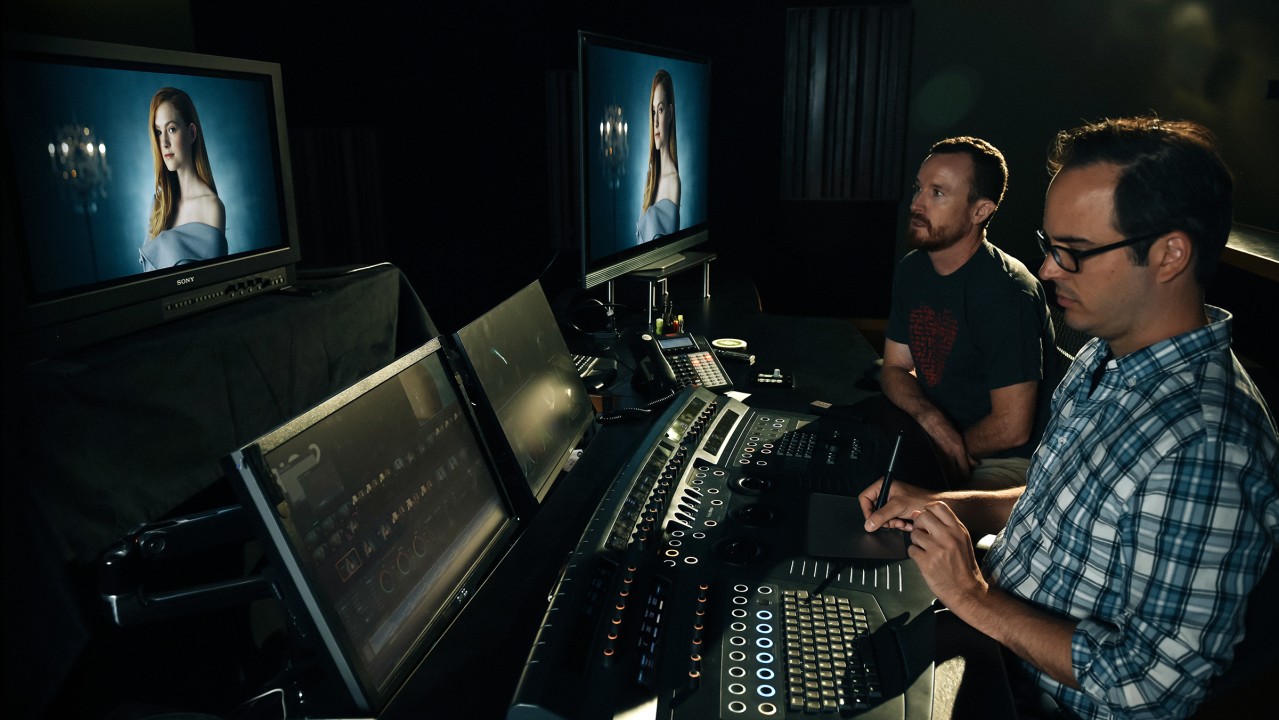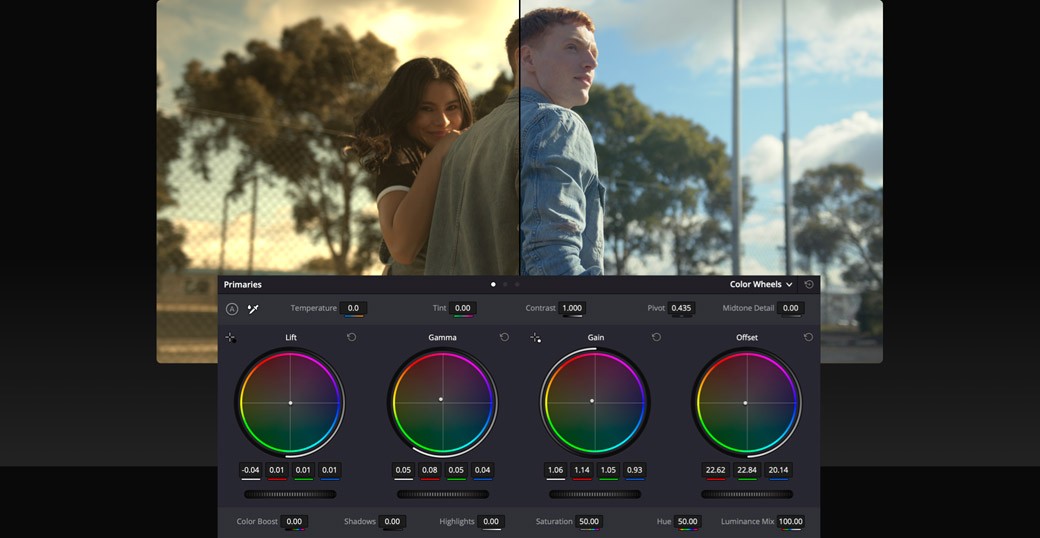 28, march 2024
28, march 2024
Explaining Your Vision: How to Tell a Colorist What Colors You Want
Collaboration between a filmmaker and a colorist is a delicate dance where creative vision meets technical expertise. To ensure your film's color grading aligns with your artistic intent, effective communication with your colorist is paramount. Here are some tips on how to articulate your color grading preferences:
1. Reference Material:Begin by compiling a visual mood board or reference images that encapsulate the desired look and feel. This could include stills from films, photographs, or even paintings. Sharing these references provides a concrete starting point for the colorist to understand your aesthetic preferences.

2.Emotional Context: Clearly communicate the emotions you want to evoke in each scene. Whether it's warmth, tension, nostalgia, or vibrancy, conveying the emotional context helps the colorist make informed decisions about color temperature, saturation, and contrast.

3.Scene-specific Instructions: Provide detailed instructions for different types of scenes. For instance, specify the desired colour treatment for each if there are flashbacks, dream sequences, or pivotal moments. This ensures that the colorist tailors their approach to suit the narrative nuances.

4.Discuss Story Themes: Share insights into the overarching themes of your film. If there are recurring motifs or symbolic colors tied to specific characters or story arcs, communicate these thematic elements to the colorist. This helps in creating a cohesive visual language throughout the film.

5.Technical Specifications: Discuss any technical requirements or constraints. Whether you prefer a specific color space, or aspect ratio, or have delivery specifications, communicating these technical details ensures that the colorist works within the parameters essential to your project.

6.Provide Feedback Iteratively: \ Establish a feedback loop throughout the color grading process. Regularly review and discuss the progress with the colorist, offering constructive feedback. This iterative approach allows for adjustments along the way, ensuring the final product aligns with your vision.

7.Open Dialogue: Foster an open and collaborative dialogue with your colorist. Please encourage them to share their insights and suggestions. A mutual understanding of the creative vision ensures a harmonious collaboration, leading to a more successful outcome.

Conclusion:
Effective communication with your colorist is the key to bringing your cinematic vision to life. By incorporating these tips and maintaining an open dialogue, you empower your colorist to interpret your preferences accurately, resulting in a color-graded masterpiece that enhances the overall impact of your film.

